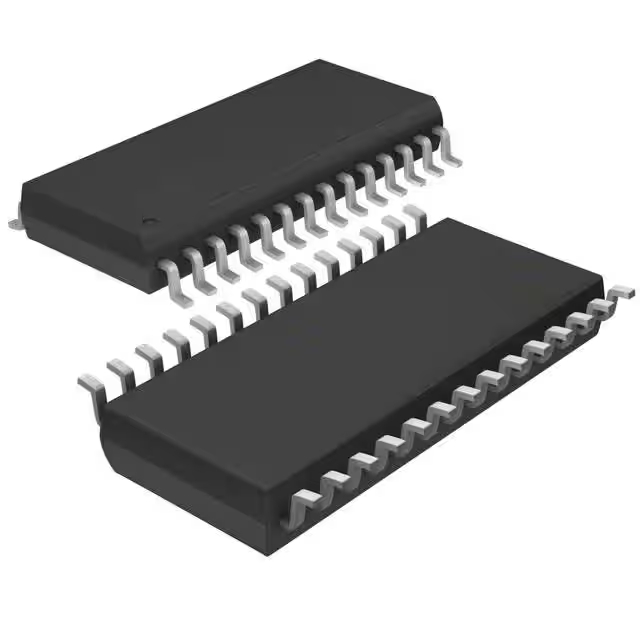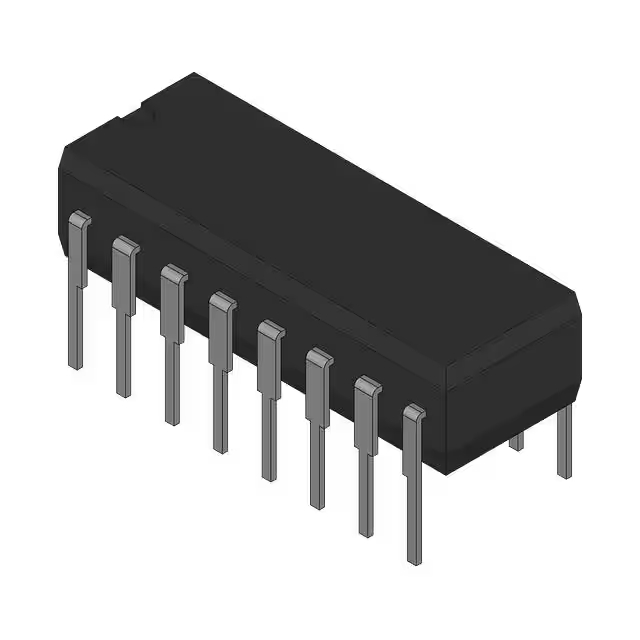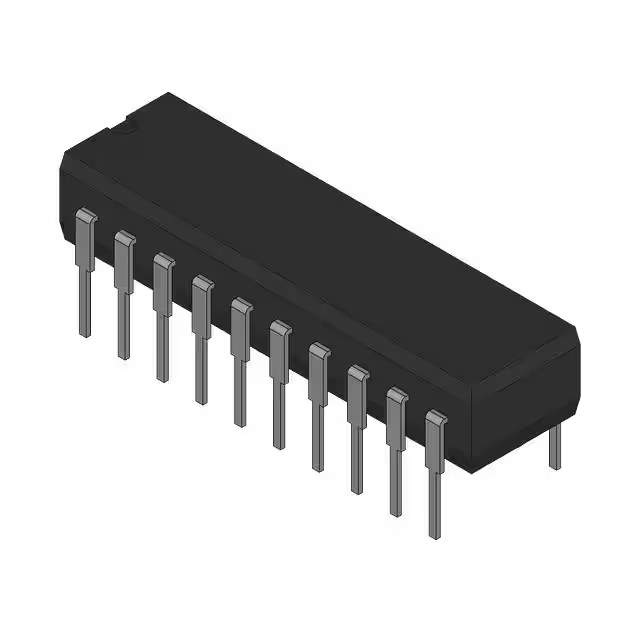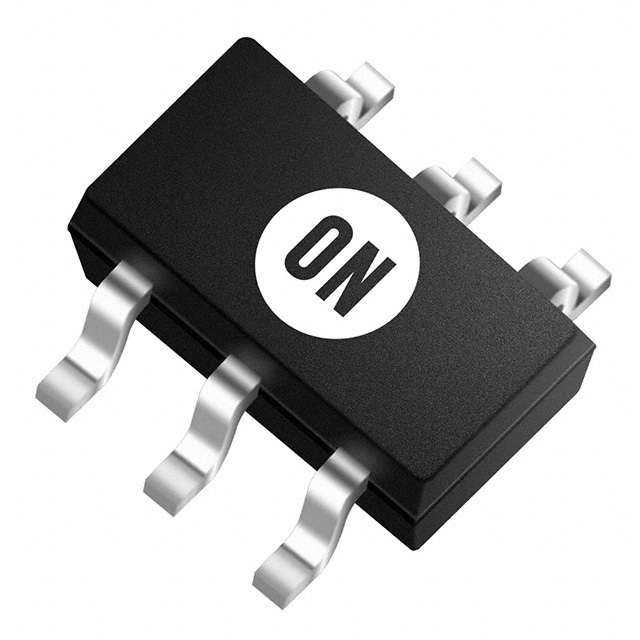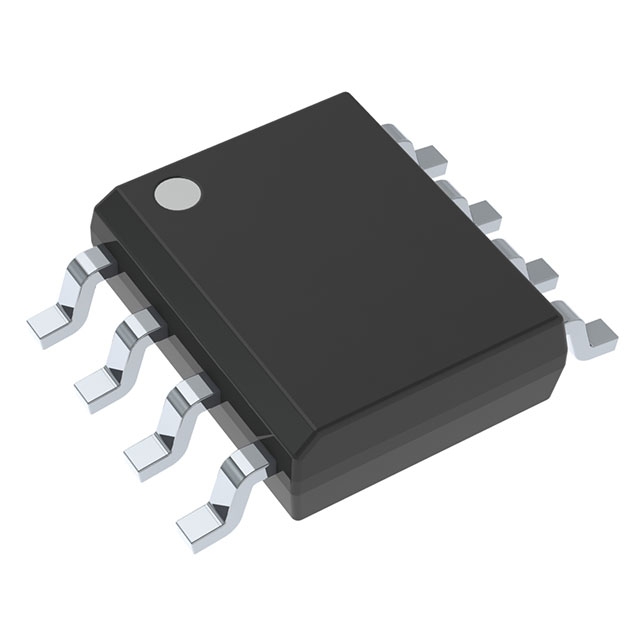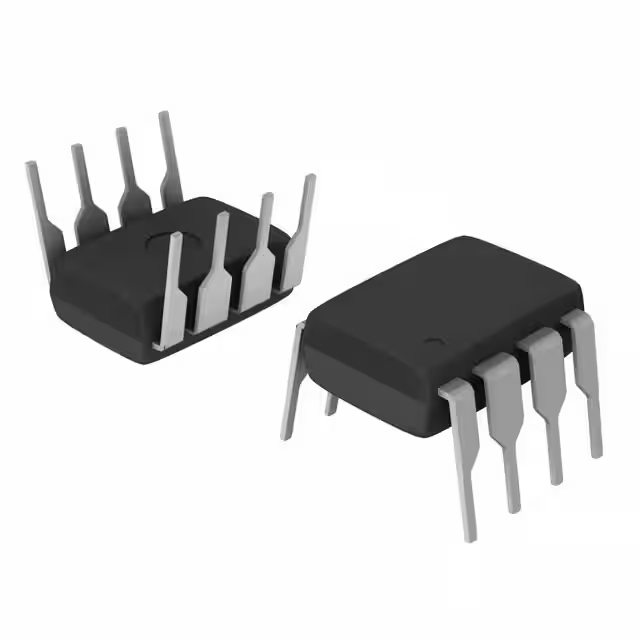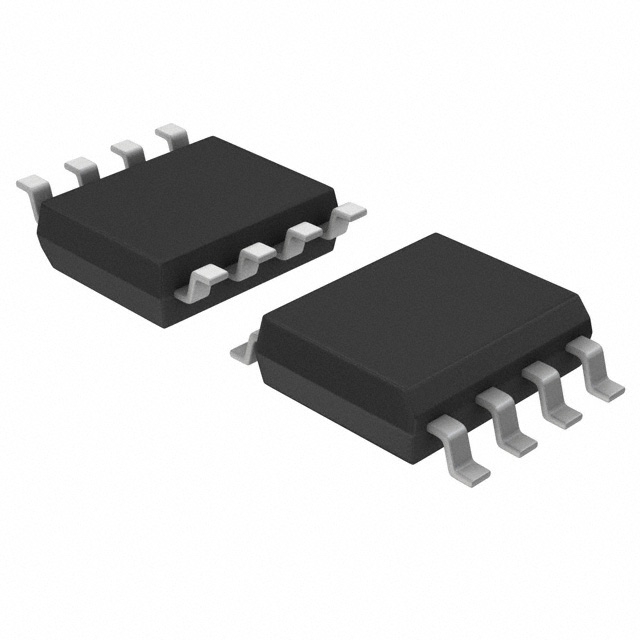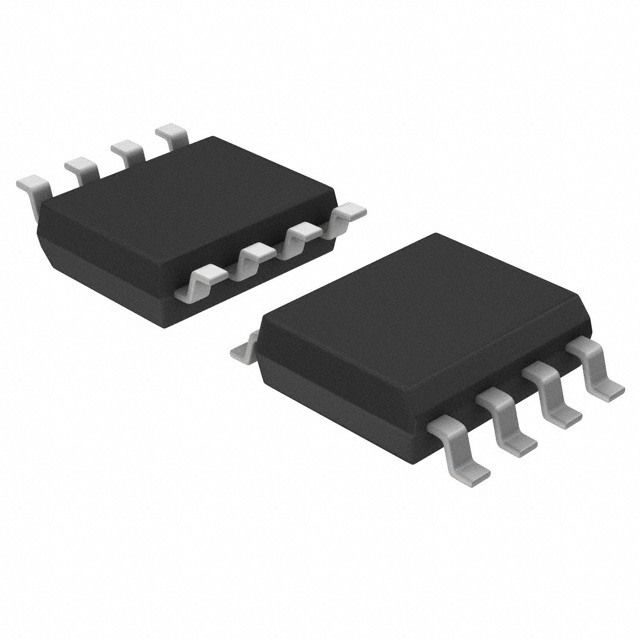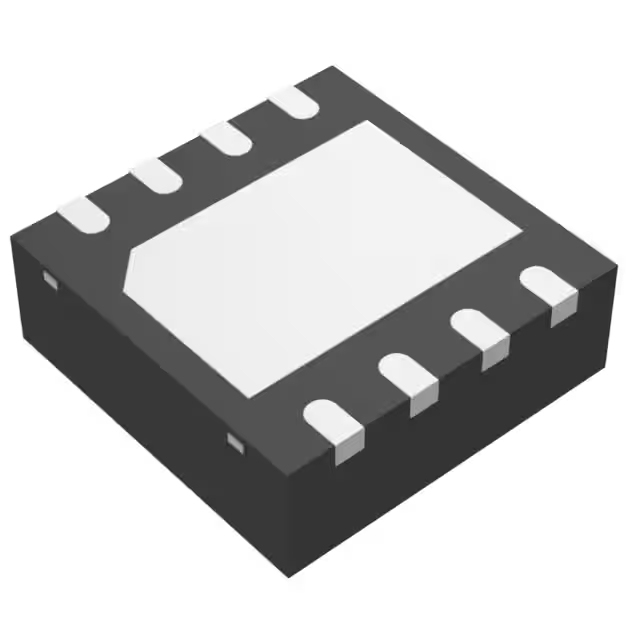CD4046BNSR 資料表、價格和 PDF
- 類型: Phase Lock Loop (PLL)
- 輸出: CMOS
- 輸入:輸出比率: 1:1
- 包裹: 16-SOIC (0.209, 5.30mm Width)

訂單滿 HK$250.00 即可享有免運

快速回應,快速報價

閃電出貨,售後無憂

原廠通路,正品保證
CD4046BNSR phase locked loop ic
The CD4046BNSR is a classic and highly practical phase-locked loop (PLL) IC. In simple terms, its job is to “lock onto” a specific frequency and stay synchronized with it.Well, the CD4046BNSR shows up in a lot of everyday electronics. For instance, when you tune your radio, stabilize signals in wireless communications, or even sync clocks in digital equipment, you’re likely using something similar to this chip. Its key strength is quickly tracking changes in the input frequency and maintaining synchronization without losing its target signal.Another reason the CD4046BNSR is so popular is that it’s incredibly easy to integrate with other electronic components. You don’t need complicated external circuits to make it work properly. This simplicity makes it especially friendly for DIY enthusiasts and engineers alike, saving both time and money.Digging a bit deeper, internally, this chip includes modules like a Voltage-Controlled Oscillator (VCO), a Phase Detector, and an amplifier. Together, these modules enable it to capture frequencies, synchronize signals, and produce stable outputs. It works well over a wide voltage range (3 to 15 volts), and it consumes low power—perfect for battery-operated portable electronic devices.In short, the CD4046BNSR is a versatile and powerful PLL chip. Whether you’re an electronics hobbyist or a professional engineer, this classic IC is definitely worth getting familiar with.
CD4046BNSR pinout

| 別針 | 姓名 | 描述 |
| 1 | Phase Pulse | Phase pulse output from Phase Comparator II |
| 2 | Phase Comp I Out | Output of Phase Comparator I |
| 3 | Comparator IN | Input to the phase comparators |
| 4 | VCO OUT | Output from the Voltage-Controlled Oscillator (VCO) |
| 5 | INHIBIT | Inhibit input; when high, disables the VCO and source follower |
| 6 | C1A | Connection for external capacitor C1 (VCO frequency setting) |
| 7 | C1B | Connection for external capacitor C1 (VCO frequency setting) |
| 8 | 虛擬安全系統 | Ground (0V reference) |
| 9 | VCO IN | Control voltage input for the VCO |
| 10 | Demodulator OUT | Output from the source follower; can be used for demodulation purposes |
| 11 | R1 | Connection for external resistor R1 (VCO frequency setting) |
| 12 | R2 | Connection for external resistor R2 (VCO frequency setting) |
| 13 | Phase Comp II OUT | Output of Phase Comparator II |
| 14 | Signal IN | Signal input for the phase comparators |
| 15 | 齊納二極體 | Connection to internal 5.2V Zener diode for supply regulation (optional use) |
| 16 | 電源電壓 | Positive supply voltage (3V to 15V) |
CD4046BNSR equivalent pll ic
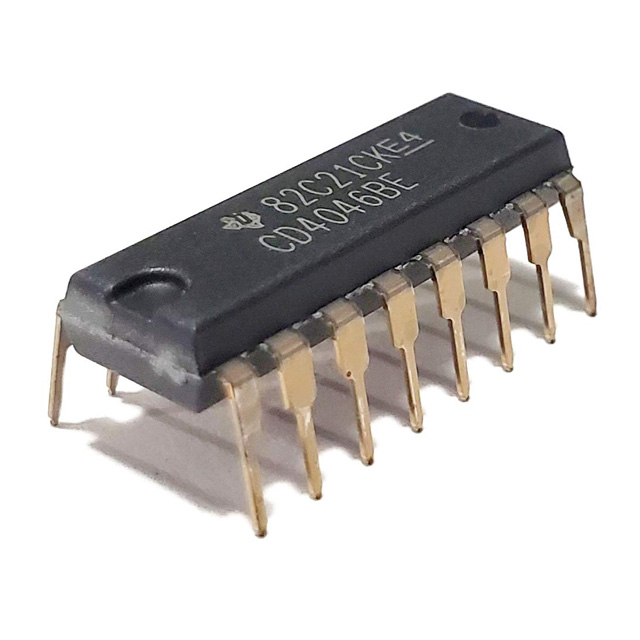


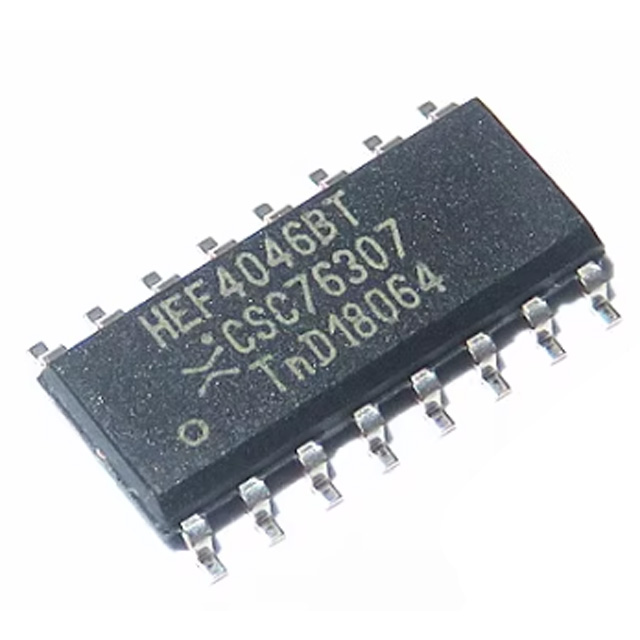
| 模型 | 製造商 | 包裹 | 電源電壓(V) | 工作溫度(°C) | 筆記 |
|---|---|---|---|---|---|
| CD4046BNSR | 德州儀器 | SOIC-16 | 3 to 15 | -55 to 125 | Original device; CMOS PLL with VCO and two phase comparators. |
| MC14046B | 安森美半導體 | SOIC-16 | 3 to 18 | -55 to 125 | Functionally similar; CMOS PLL with VCO and two phase comparators. |
| SN74LV4046A | 德州儀器 | SOIC-16 | 3 to 5.5 | -40 to 125 | High-speed CMOS logic PLL with VCO; suitable for digital applications. |
| HEF4046B | 恩智浦半導體 | SOIC-16 | 3 to 15 | -40 to 85 | CMOS PLL with VCO and two phase comparators; similar functionality. |
-
Functional Similarity: All listed ICs are PLLs with integrated Voltage-Controlled Oscillators (VCOs) and phase comparators, making them suitable for frequency synthesis, modulation, and demodulation applications.
-
Package Compatibility: Each alternative comes in a 16-pin SOIC package, ensuring physical compatibility with designs using the CD4046BNSR.
-
Supply Voltage Range: While most alternatives support a supply voltage range similar to the CD4046BNSR, the SN74LV4046A operates at a lower maximum voltage, which should be considered based on your application’s requirements.
- 工作溫度: The operating temperature ranges vary slightly among the alternatives. Ensure that the chosen substitute meets the thermal requirements of your application
CD4046BNSR frequency multiplier circuit
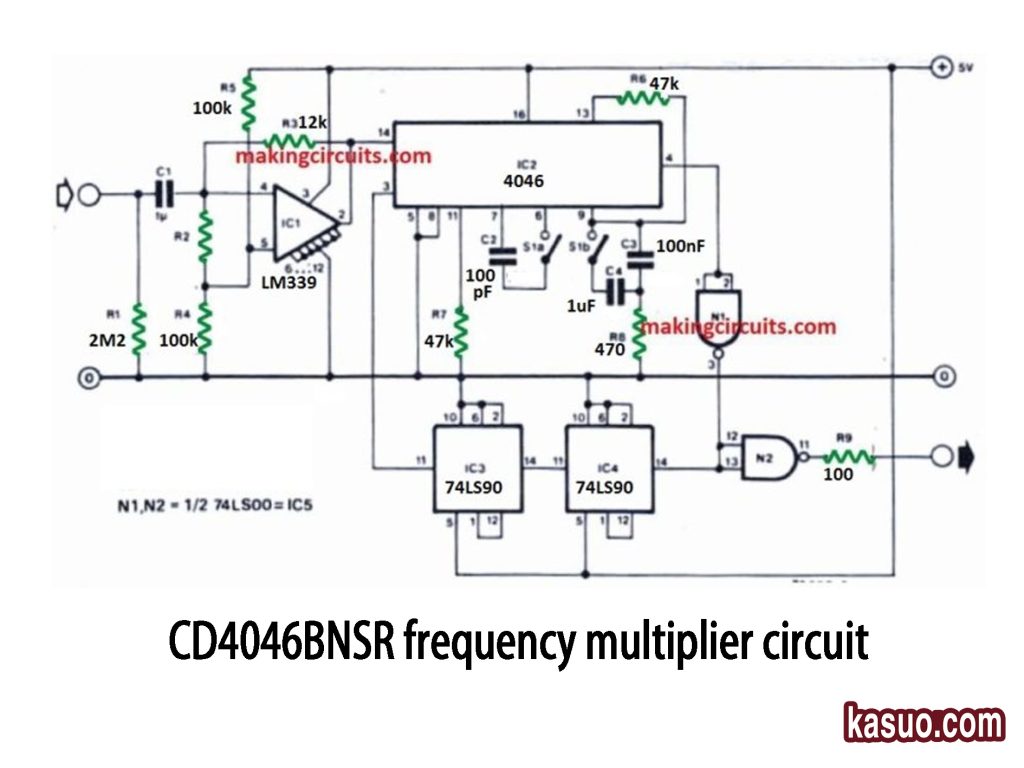
This circuit uses a classic chip known as the CD4046, which is a Phase-Locked Loop (PLL) IC that many electronics enthusiasts and engineers prefer for frequency multiplier circuits. Basically, it starts by taking your input signal and passing it through an LM339 comparator, which cleans up the signal and turns it into a neat square wave. This makes it easier for the rest of the circuit to handle.
Next, the cleaned-up signal is fed into the CD4046. Inside this chip, there’s a Voltage-Controlled Oscillator (VCO) that generates a higher-frequency output. But to keep the frequency stable and precise, two 74LS90 chips are used to divide this high-frequency signal down to one-hundredth of its frequency. This lower-frequency signal then loops back into the CD4046, where it’s compared to your original input. The PLL chip continuously adjusts itself until the output frequency perfectly locks onto exactly 100 times your original input signal.
It’s a simple yet effective solution commonly used in wireless communication, frequency synthesis, and electronic testing equipment—a truly classic design in electronic engineering.
CD4046BNSR vs 74hc4046
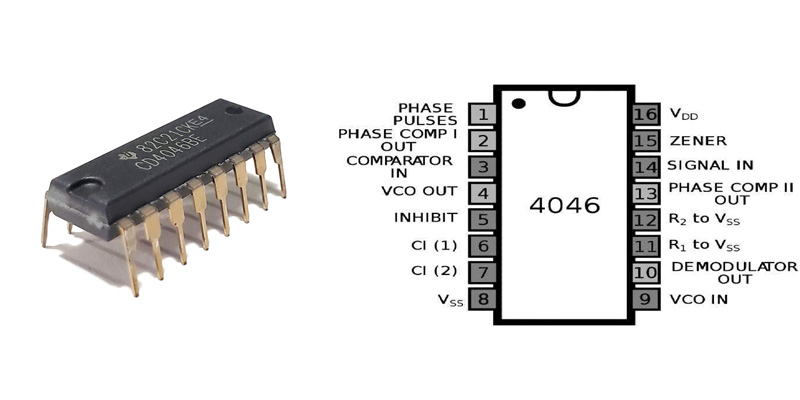
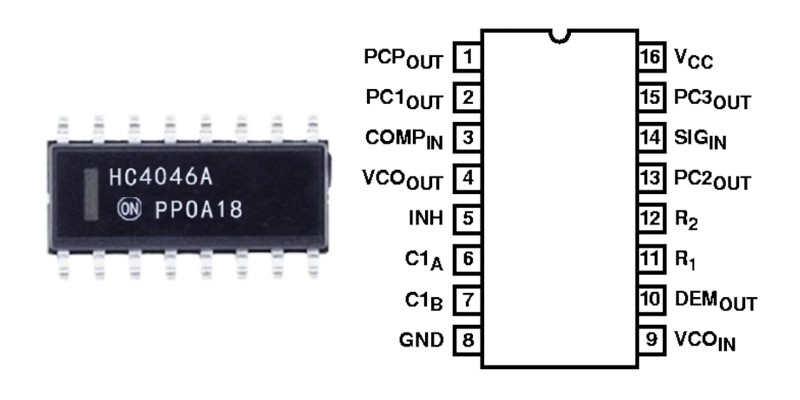
| 特徵 | CD4046BNSR | 74HC4046 |
|---|---|---|
| 製造商 | 德州儀器 | Various (e.g., Nexperia, Texas Instruments) |
| 邏輯家族 | CMOS (4000 series) | High-Speed CMOS (74HC series) |
| Phase Comparators | 2 types: Exclusive-OR (PC1) and Edge-Triggered RS Flip-Flop (PC2) | 3 types: Exclusive-OR (PC1), Edge-Triggered JK Flip-Flop (PC2), and Edge-Triggered RS Flip-Flop (PC3) |
| 電源電壓範圍 | 3V to 18V | 2V to 6V |
| Typical VCO Frequency | Up to 1 MHz | Up to 17 MHz at VCC = 4.5V |
| Power Consumption | Low | Lower than CD4046BNSR |
| 封裝選項 | SOIC-16, PDIP-16, TSSOP-16 | SOIC-16, PDIP-16 |
| 工作溫度 | -55°C to 125°C | -40°C to 85°C |
| Zener Diode | Includes internal 5.2V Zener diode for supply regulation | Not included |
| Input Compatibility | CMOS | CMOS and TTL compatible |
| 應用 | General-purpose PLL applications, FM demodulation, frequency synthesis | High-speed PLL applications, frequency multiplication, tone decoding |
When choosing between the two, consider the specific requirements of your application, such as operating voltage, frequency range, and temperature conditions.



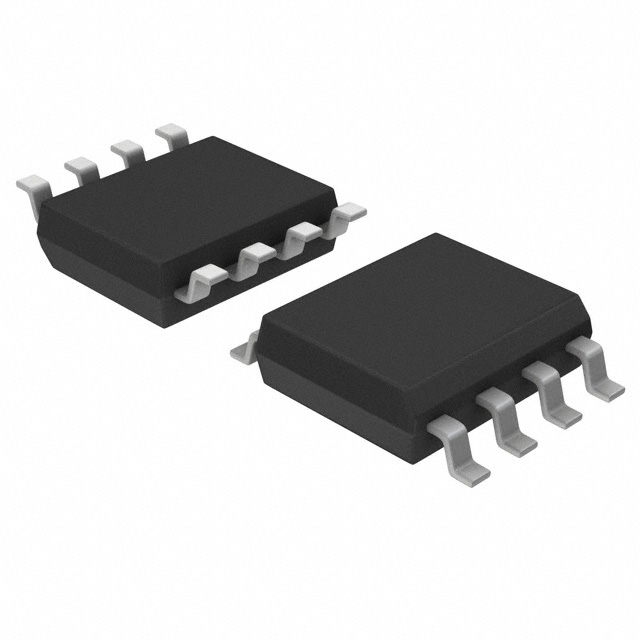


,SOT157-2.JPG)
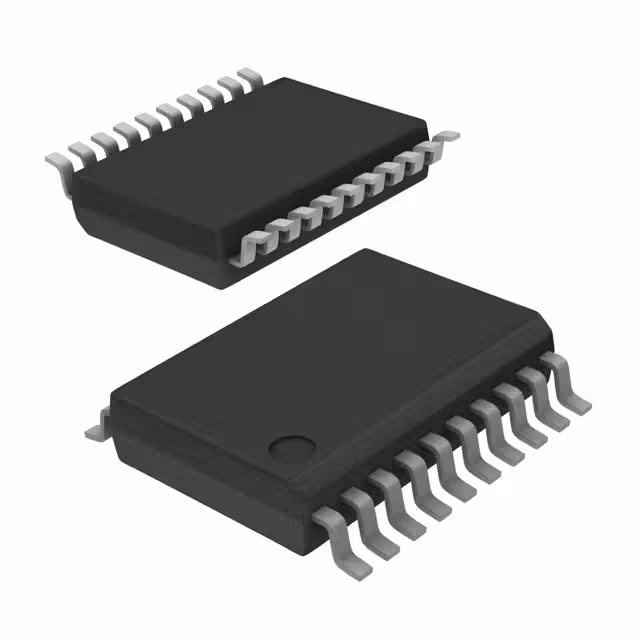
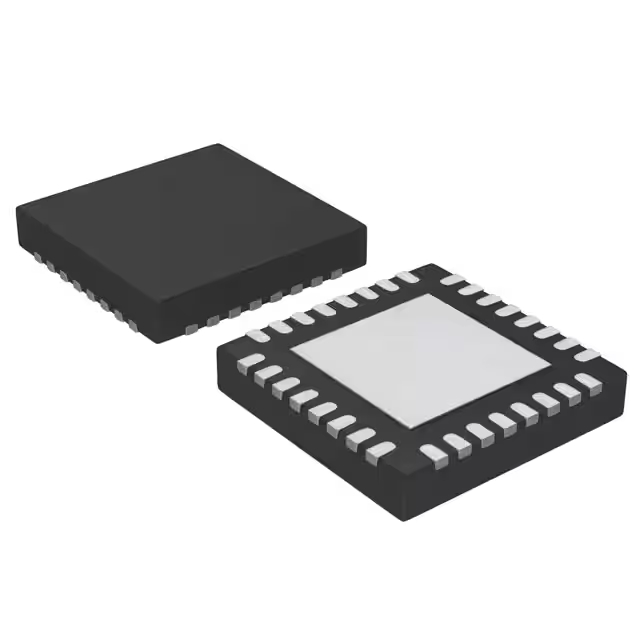
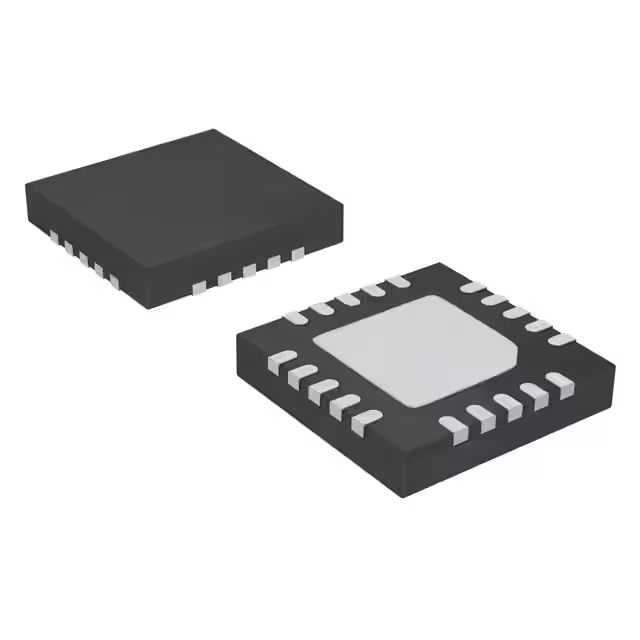
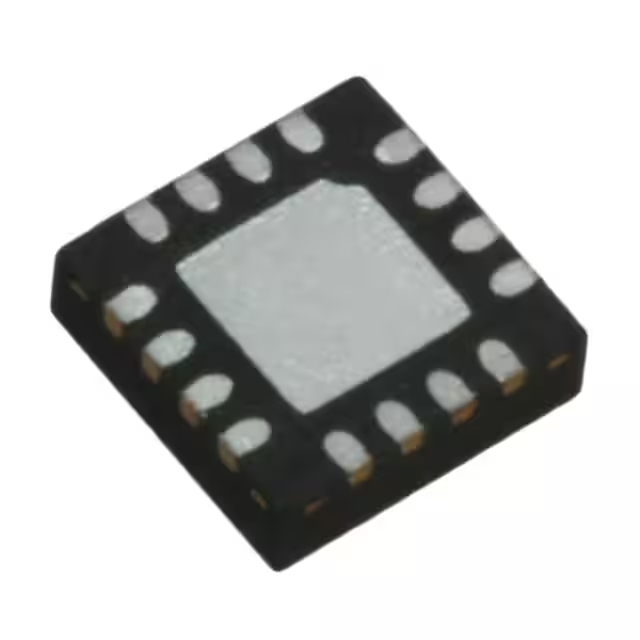
,SOT523-1.JPG)
